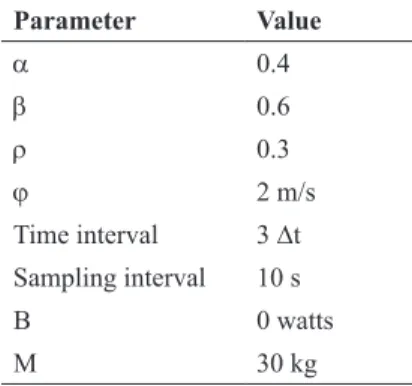An Intelligent Gain based Ant Colony Optimisation Method for Path Planning of Unmanned Ground Vehicles
Full text
Figure




Related documents
Contraceptive use, prevalence and predictors of pregnancy planning among female sex workers in Uganda a cross sectional study RESEARCH ARTICLE Open Access Contraceptive use, prevalence
In Tunisian oil oxygenated monoterpenes were found to be the major components of Artemisia herba-alba oil extracted from aerial parts.. In the essential oil of
The role of the electronic resources manager over the coming years is to adapt to these new systems by building upon TERMS including new workflows and ways of purchasing, such as
novel approach to the analysis of stator current for the diagnosis of motor drive faults from downstream.. driving equipment and it was proved that the bispectrum feature gives rise
Confirmatory factor analysis (CFA) was used to compare the hypothesized five-factor model and an alternative model, as follows: (1) a five-factor model as per the original
The results obtained based on the proposed filtered region growing segmentation method are compared with the Otsu method and the K -means segmentation methods..
RPC operates on the principle of hydrophobic interactions, which result from repulsive forces between a polar eluent, the relatively non-polar analyte, and the
Our aim was to evaluate the quality and safety of real-time US-guided retrobulbar regional anesthesia in comparison with the blind technique for cataract surgery as we postulated